Over the last few months, the Department of City Planning has lost the PR battle over the proposed Jerome Avenue rezoning. Residents and activists accused the city of trying to create a new neighborhood called “Cromwell-Jerome,” a reference to DCP’s initial plans for a zoning study, and in response, officials dropped “Cromwell” from the title.
Meanwhile, fearmongering has fanned the flames of gentrification, leading some tenants to wonder if the city will simply seize industrial businesses for redevelopment, like the misguided urban renewal programs perpetrated during the first half of the 20th century. Poor renters are understandably worried about being pushed out, in an area where the median household income hovers around $27,000 a year.
In reality, planning officials hope to revitalize a narrow, 73-block stretch around Jerome, from 167th Street to just south of Fordham Road. They want to improve parks, the streetscape, retail, community services, schools, and economic growth, instead of simply pushing through more housing development.
Most of Jerome is zoned exclusively for heavy commercial uses, like auto repair shops, car washes and gas stations. That means rezoning the commercial strip to allow mixed use residential development will likely be at the top of planners’ lists.
But the long-established auto shops on Jerome worry about being priced out. “What is going to happen to all these owners who have invested their life savings in the businesses?” asked Pedro Estevez, the head of the United Auto Merchants Association who spoke passionately at a Saturday visioning session hosted by DCP.
“Automotive businesses occupy 60% of the corridor. But right now, no residential can be built,” he added. He argued for a dedicated Industrial Business Zone around 174th Street, near Jerome’s southern edge—a move that would preserve some of the area’s existing commercial and manufacturing zoning.
A neighborhood activist told City & State that auto-related businesses on the strip are already seeing rent hikes of 300%, and their landlords aren’t offering them lease renewals. (We recently wrote about one auto shop development site where that may be the case.)
What’s been obscured, among all the handwringing, is that City Planning isn’t just thinking about zoning. They’re working with the Parks Department and the Department of Transportation to improve the neighborhood’s green spaces, and develop ways to make Jerome Avenue feel less forlorn at night. Longtime neighbors who attended Saturday’s meeting said they were afraid to walk alone on Jerome after dark. The auto shops shut by 6 or 7 p.m., and there are few restaurants or bars to draw foot traffic and liven up the forbidding spaces beneath the elevated 4 train.
Planners and parks officials might borrow solutions from Under the Elevated, the Design Trust for Public Space’s study on how to revitalize public space under the city’s bridges, train lines and highways. The MTA and DOT could attach permanent lighting to the underside of the subway tracks, much like the the brightly lit pedestrian arcade that’s already been built beneath the LIRR tracks at Sutphin Boulevard in Jamaica. At Saturday’s meeting, Bronxites enthusiastically supported the idea, because it’s a relatively inexpensive fix that would greatly improve residents’ safety and peace of mind.
Zoning for retail would also help attract restaurants, coffee shops, and bars to Jerome, creating jobs and foot traffic that don’t exist now.
And officials insist that Jerome, along with East New York, will be holistic neighborhood studies that take into account what communities actually want. They want to change the precedent set by nearly 15 years of unpopular rezonings, notably the Bloomberg-era Fourth Avenue and Greenpoint-Williamsburg rezonings in Brooklyn.
“It’s incredibly refreshing the way they’re going about it, it’s not just numbers and housing,” said a City Planning spokeswoman. “It’s a comprehensive effort to work with communities and see what they need. When we talk about density, what people are really saying is that my school is overcrowded and my park is a mess. We’re talking about what is this going to be, in terms of deliverables for this community.”
So where’s the money coming from? The spokeswoman pointed to de Blasio’s ambiguously named Neighborhood Development Fund, a billion-dollar slice of the city capital budget. $700 million of the fund would be devoted to efforts led by the Parks Department, DOT, and similar agencies, for projects like the Jerome Avenue lighting.
While neighborhood improvements sound great, we wonder if the rezoning will actually help spur housing growth in the Bronx, which has the lowest new building permit numbers in the city after Staten Island. And real estate industry hysteria over the 421-a abatement—which may require developers to hire union labor when reforms take effect next year—probably won’t help either.
One planner who works with the city’s Department of Housing Preservation and Development told YIMBY that some Bronx rezonings hadn’t attracted much development. Two South Bronx areas rezoned in 2009, Lower Grand Concourse and River Avenue – 161st Street, have only seen one new residential project each. He added that the Jerome Avenue process could help, since it involved the community more than City Planning had in the past.
“Maybe the community engagement will result in more services coming to the area, and that could trigger more residential development,” he said.
Subscribe to YIMBY’s daily e-mail
Follow YIMBYgram for real-time photo updates
Like YIMBY on Facebook
Follow YIMBY’s Twitter for the latest in YIMBYnews

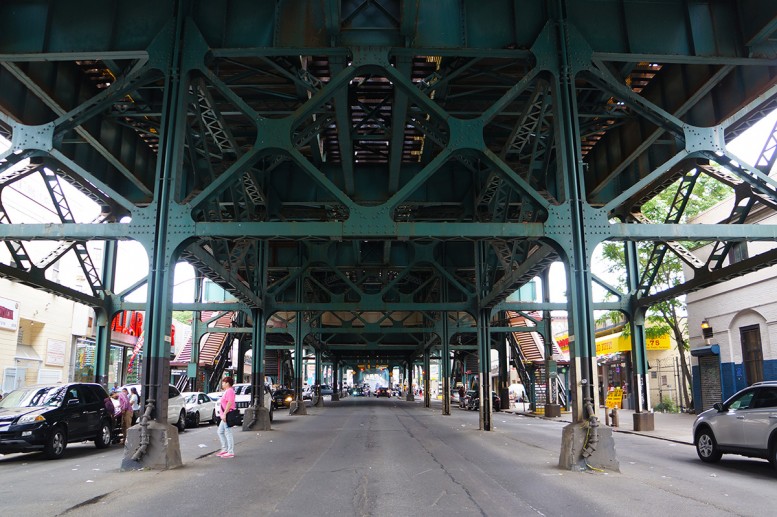

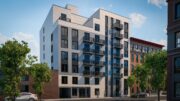
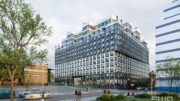
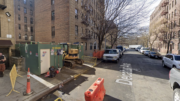
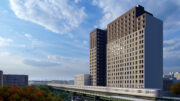
The permit data figures–is that for the year up to the month of July? Or are you comparing the permit filings for the entire previous years to just the first 6 months of this year?
The 2015 permit filing numbers are only through May, actually (I should have specified that), which is the most recent complete data from HUD. The bump in permits in 2015 has been significant thanks to concern about 421-a.
The corridor should be defined as hazardous in its current state. Automotive based businesses attract excess traffic, collisions, increase pollution, and do not provide services which benefit local residents.
Re-zoning should require dense, mass transportation oriented, mixed use construction. Public spaces are also welcome.
The primary reason natural light is so limited between the Cross-Bronx and 183rd Street is the steep rise in topography on the west side of the tracks. I am unclear how the erection of multi-story residential abutting the El will bring more natural light to the area. It would seem like a combination of NEW parkland and commercial space would be most appropriate along this stretch.
While the construction of new housing and retail adjacent to the elevated subway line seems logical, I have not seen information concerning the following;
1. How will the thousands of new residents in the Cromwell-Jerome Study Corridor fit aboard the already over capacity elevated 4 trains?
2. Will we simply repeat the mistakes of the 19th and early twentieth century of building housing to the lot line and practically against the tracks of the extremely noisy elevated line which operates 24 hours a day ? I have seen recently constructed housing built this way along elevated lines in the Bronx, Brooklyn and Queens.